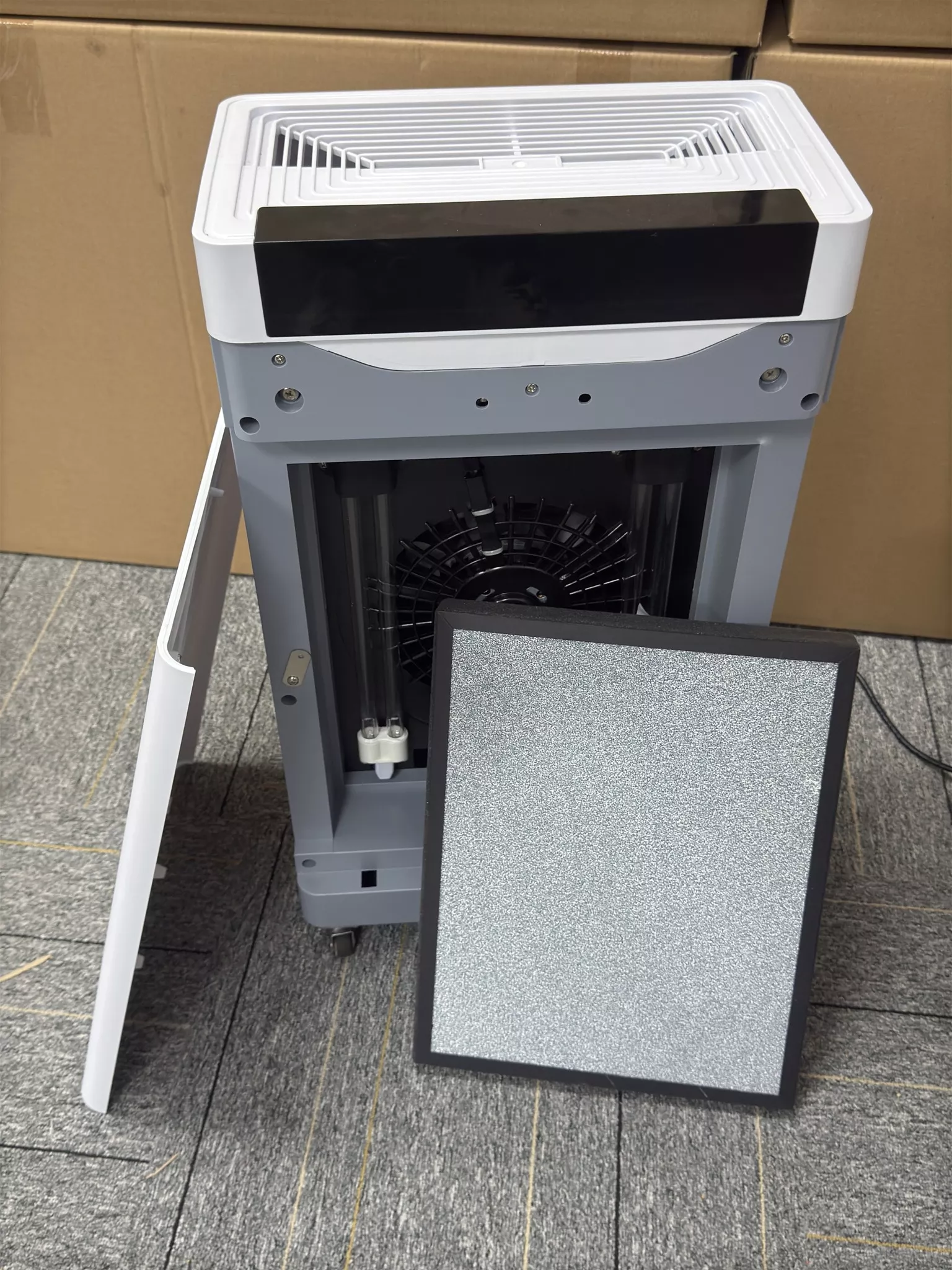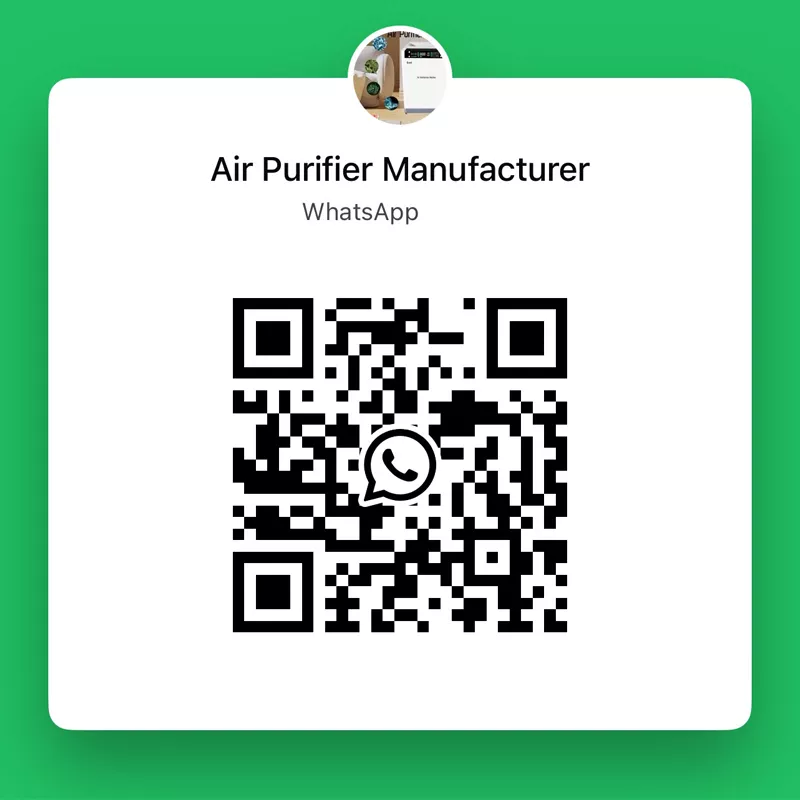Air purifiers are essential health guardians in modern homes and office environments, but they require regular maintenance to continue performing at their best. Neglecting maintenance can reduce purification efficiency and shorten the device's lifespan. Today, let’s talk about how to properly care for your air purifier so it can consistently provide you with clean, healthy air.

1. Placement Matters
The placement of your air purifier directly affects its performance. When in use, ensure the device is at least one meter away from walls to allow proper airflow through the intake and exhaust vents. Ideally, place the purifier in the center of the room, away from furniture or walls, to maximize air circulation.
Tip: Avoid placing the air purifier in corners or enclosed spaces, as this restricts airflow and reduces efficiency.
2. Avoid Using While Ventilating
Some people like to use their air purifier while keeping windows open, but this isn’t effective. Open windows allow outdoor pollutants to continuously enter the room, reducing purification efficiency and accelerating the wear and tear of filters. It’s best to use the air purifier with windows and doors closed for optimal results.
Tip: If the indoor air feels stuffy, run the air purifier first, then briefly open windows for ventilation.
3. Regularly Check Filters
The filters are the core components of an air purifier, and their condition directly impacts performance. Most air purifiers have indicator lights to remind users when to replace the filters. Typically, filters need to be replaced every 6 months for household use. If there’s no indicator, check the filter’s color—if it appears black or heavily dusted, it’s time for a replacement.
Tip: If your home has higher pollution levels (e.g., near a busy road or with pets), consider replacing filters more frequently, every 3-4 months.
4. Safety First
Air purifier filters, especially activated carbon and HEPA filters, are flammable. Keep them away from fire sources like cigarettes or candles to avoid fire hazards. Additionally, electrostatic air purifiers operate at high voltages, so keep them out of reach of children and the elderly to prevent accidental electric shocks.
Tip: Regularly check the power cord and plug to ensure safe operation.
5. Avoid Using with Humidifiers
Many people like to use air purifiers and humidifiers together, but this can interfere with the purifier’s performance. The moisture from humidifiers can disrupt the air purifier’s sensors, leading to inaccurate air quality readings. If you must use both, keep them at least two meters apart.
Tip: When using a humidifier, opt for distilled water to minimize mineral buildup and its impact on air quality.
6. Regular Cleaning is Key
The exterior and intake vents of air purifiers can accumulate dust. Wipe them down weekly with a dry cloth or use a vacuum to keep the device clean. However, never wash the filters with water, as this can damage their material and reduce their effectiveness.
Tip: Always unplug the device before cleaning to ensure safety.
7. Use It Wisely—Don’t “Save It for Later”
Some people think air purifiers are only needed on high-pollution days, but this is a misconception. Everyday pollutants like dust, odors, bacteria, and chemical gases can also harm your health. It’s recommended to run the air purifier for at least 8 hours a day, especially in high-traffic areas.
Tip: When the air purifier indicates “excellent” air quality, you can turn it off temporarily to save energy.
8. Filter Replacement Schedule
Filters typically last about 6 months, but if the air purifier runs 24/7, they may need replacement every 2 months. The exact replacement interval depends on usage and air quality conditions.
Tip: When purchasing an air purifier, consider buying an extra set of filters to have on hand.
9. Long-Term Use for Better Results
Air purifiers have low standby power consumption, so running them for extended periods won’t significantly increase your electricity bill. To maintain consistently clean indoor air, it’s recommended to run the purifier for at least 8 hours daily. After a month of use, you’ll likely notice a significant improvement in air quality.
Tip: Place the air purifier in high-traffic areas, such as the living room or the center of an office, for maximum effectiveness.
10. Regular Deep Maintenance
In addition to routine cleaning, air purifiers require periodic deep maintenance. Depending on the brand and model, maintenance methods may vary. It’s recommended to have a professional inspect the device every six months to ensure it’s functioning properly.
Tip: When purchasing an air purifier, choose a brand with reliable after-sales service for professional maintenance support.

